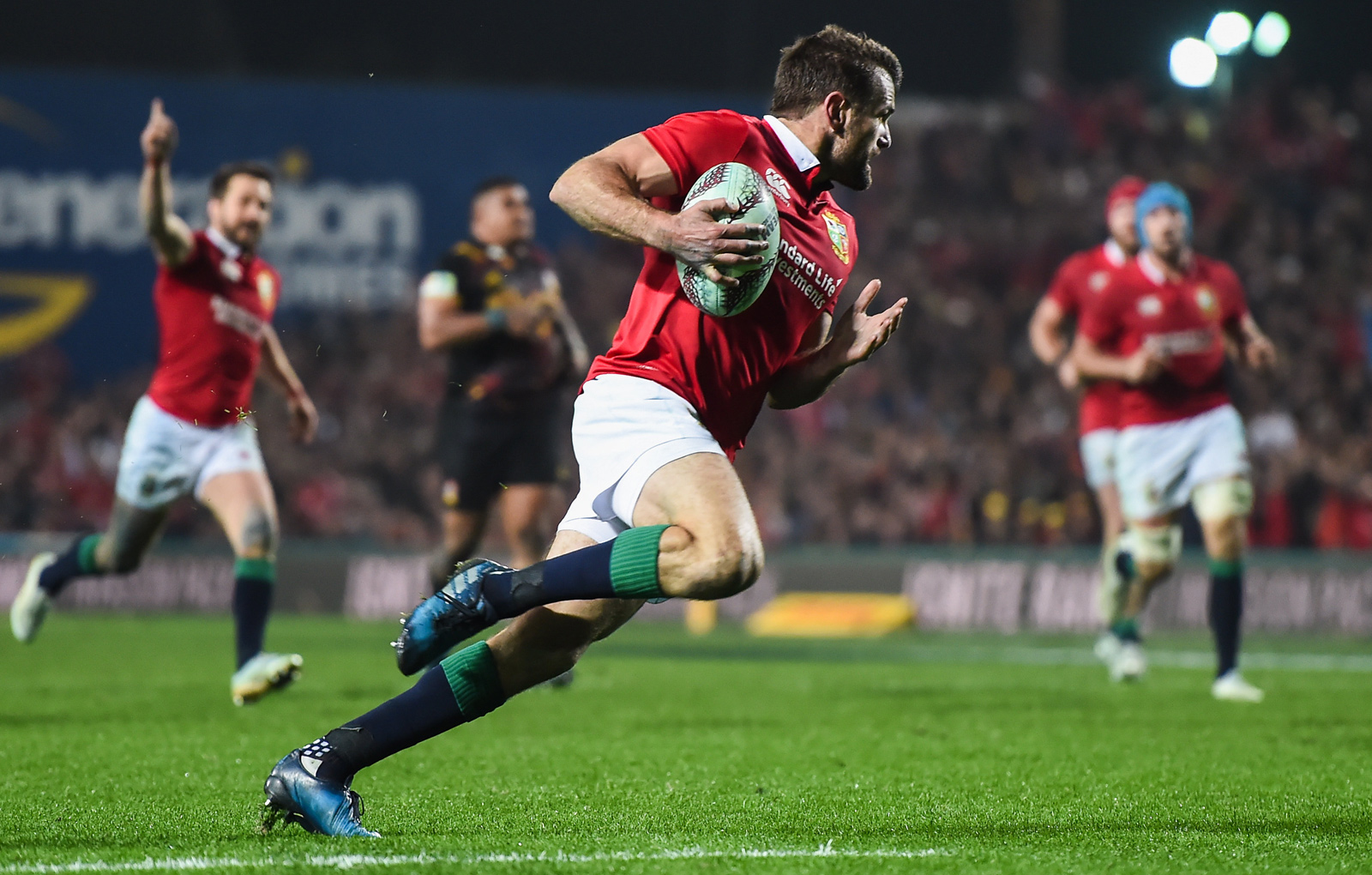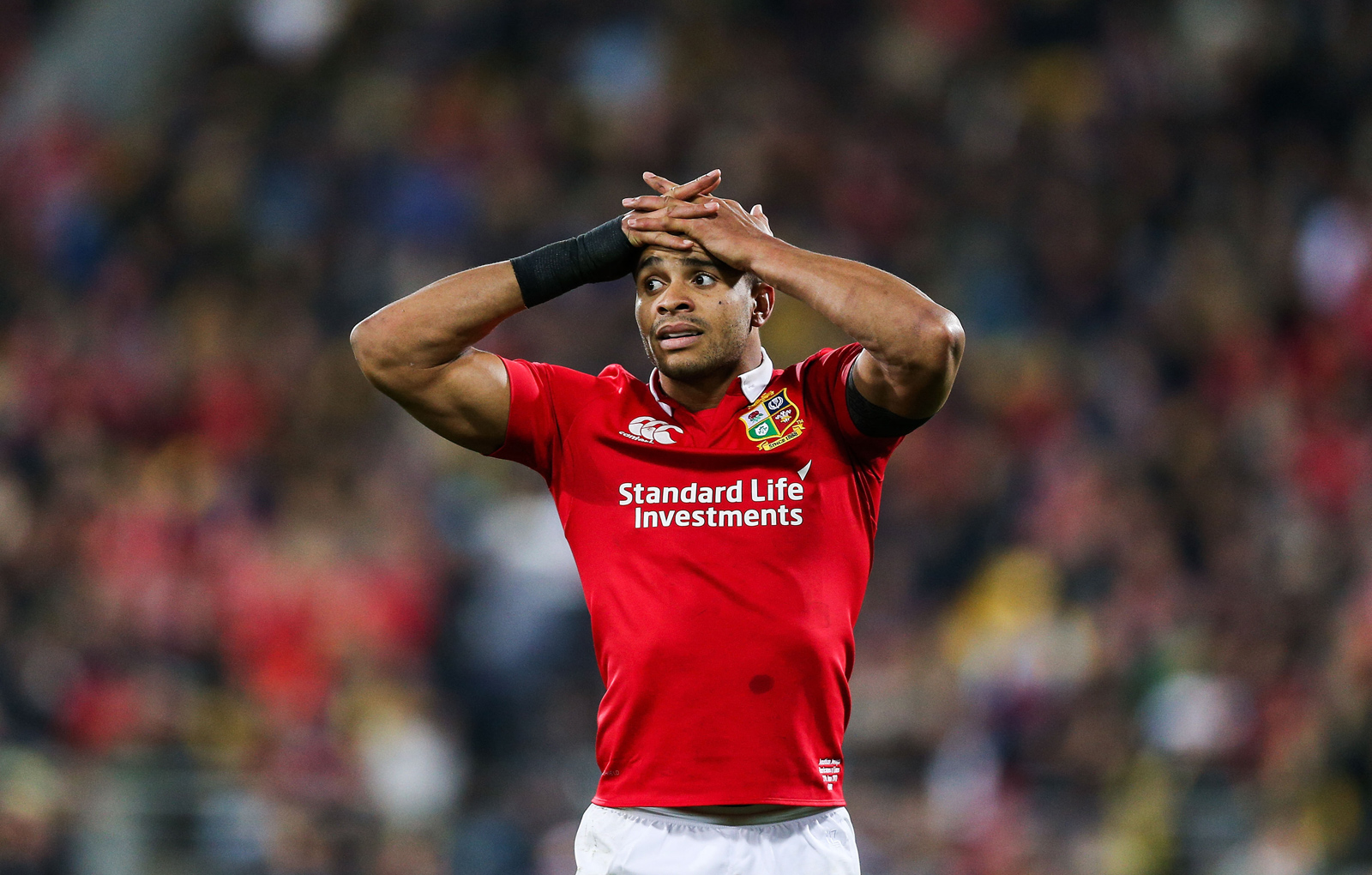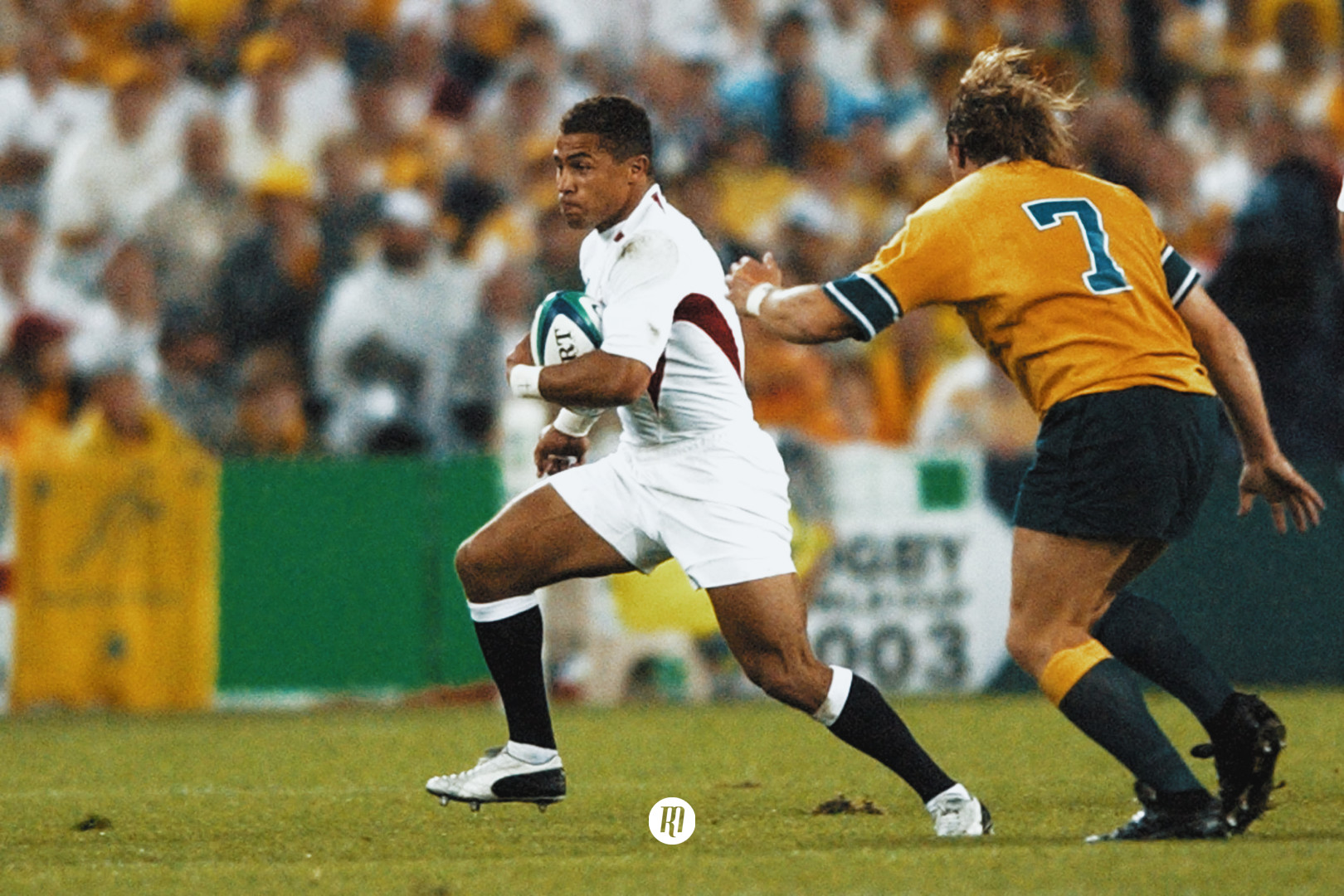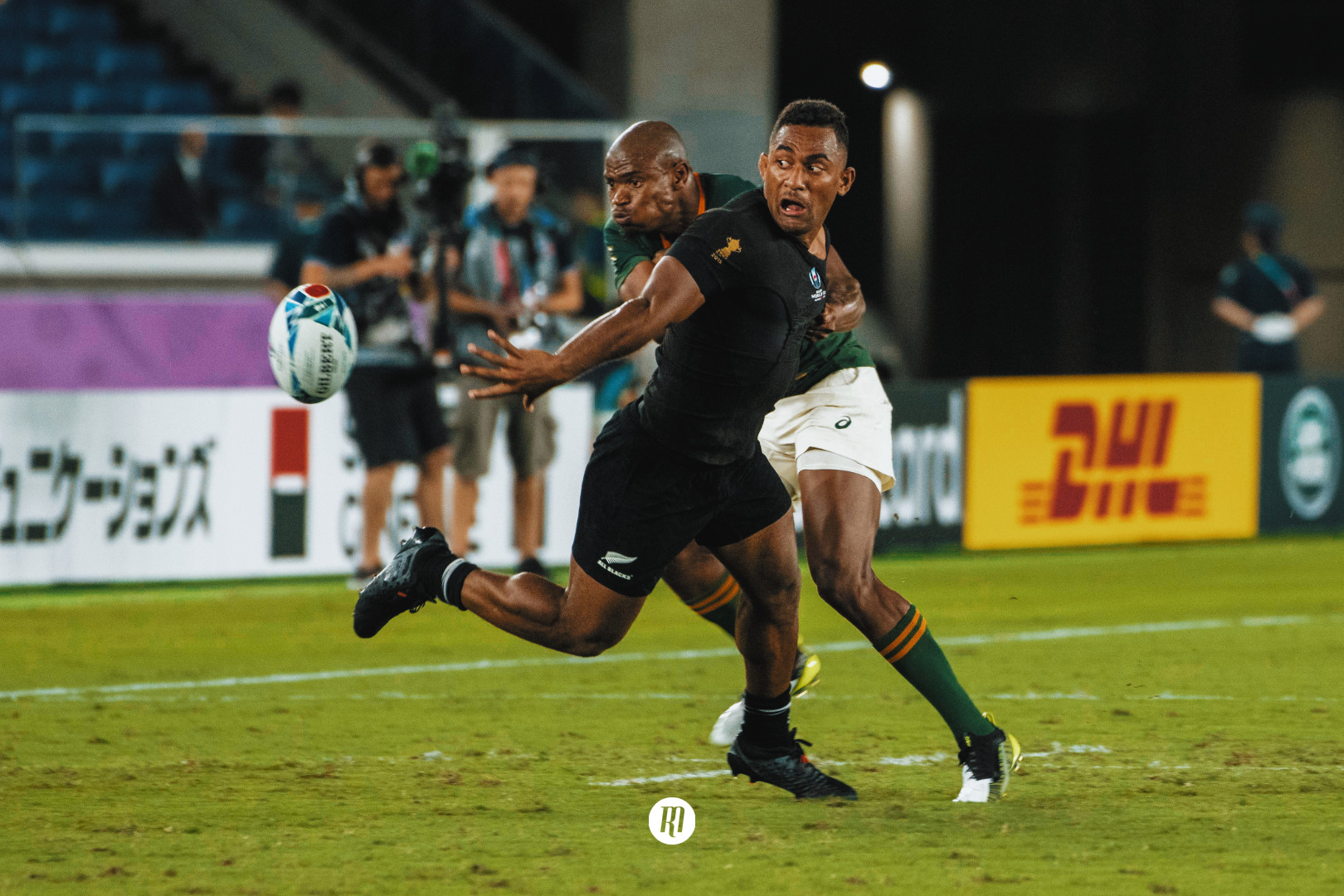Match Analysis: Chiefs v Lions
The Lions continued to build towards the first test of their tour with a strong win over the Chiefs. Join us as we analyse the key areas that defined the game, and gave the Lions their win.
Such has been the nature of these warm-up games, that there has been an air of anxiety for Lions supporters, and hope for those in New Zealand. Given that sides will only have the chance to face the Lions every twelve years, these games are certainly once in a lifetime moments; it’s no surprise then, that the Lions have found their opposition have upped their game to dizzying levels.
Add to this that mid-week games have not fallen in the Lions favour to date, there was a growing excitement that the Chiefs could continue where the Blues and the Highlanders had left off. Despite fielding a side depleted by All Black call ups and rested Maori All Blacks, the Chiefs didn’t perform badly, but ultimately, as a result of the Lions’ ascendancy in key areas, couldn’t get a foothold within the game.
The final score of 34 points to 6 is a reflection of the Lions’ defensive quality and control of the game, and they will no doubt be happy with the continued growth in confidence and teamwork as the first test looms ever closer.
High Pressure
It was clear within the first five minutes how the Lions intended to play; a quick chase from the kick-off put the Chiefs under pressure immediately. In the first minute, a penalty conceded by the Lions was nudged into touch by Stephen Donald. The resulting line out was stolen expertly by Courtney Lawes. From the very beginning, the Lions forced the Chiefs into errors.
The Lions also had the upper hand in the scrum, and dominating the set piece removed the platform that the Chiefs had to work from; it’s hard to make gains when you're immediately on the back foot. This manifested itself in a lot of mistakes from the Chiefs, who struggled to control their own line-out and often knocked when in possession of the ball.
In contrast, the Lions held on to the ball well and built phase on phase, running some good lines and getting over the gain-line. Dan Biggar had a solid game, and with plenty of options to choose from in attack, he was able to help the Lions open the game up a lot more than they have been doing previously.
Despite this, one did feel they were still trying to force an opening and they failed to get over the try line early on. After 20 minutes, they were leading by six points to three.
Width
One of the key aspects of the New Zealand game is their width. Opening teams up by moving the ball away from the tight areas and exploiting the space in the outside channels. This was something that the Highlanders did remarkably well against the Lions, and ultimately was the key part of their victory.
It was clear that the Chiefs wanted to do the same today, but the line speed from the Lions defence closed them into the short channels, forcing them into playing the game in the tight, an area in which the Lions’ have proven they excel.
On the other hand, the Lions attack was built on a narrow game. They had opportunities in the second half to counter attack into a broken field, but their momentum in the opening stages of the game were built with a high tempo tight game, relying on their intensity and physicality to get over the gain line. When they did spread it wide, they had forced the Chiefs to commit enough opposition to the breakdown that space was available in the wider channels.
No one exploited this better than Liam Williams, who in the 24th minute, read the defence in front of him delightfully, drifting wider as the pass floated to him and opening up space on the outside that he then glided through. He popped the ball to Jack Nowell who continued to drive forwards. The Chiefs were on the back foot.
The ball came back left through the forwards; Stander made a few metres; Marler did the same. The ball then fell to Biggar, 8 metres out, and he took the ball into contact, bring play to within 2 metres of the line. Cue the irrepressible Jack Nowell; he picked from the base of the ruck and, like a salmon leaping up stream, seemingly bounced over those in front of him and touched down for the Lions’ opening score.
By this point, it was clear that the Lions were in the ascendancy in the key areas of the game; they were dominating the set piece, and they were strangling the width from the Chiefs attack with their defensive pressure. It’s worth noting of course that Andy Farrell has beaten the All Blacks with both England and Ireland.
After an offside call from the referee, Stephen Donald closed out the first half with a penalty that left the Chiefs trailing, 6 points to 13. Given the Lions finished the first half with approximately 60% possession and territory, the Chiefs would undoubtably be buoyed by the fact they were so close on the scoreboard. Indeed they started the second half with a great intensity.
Transition Phases
While the first half was dominated by the Lions’ defence, it was another area that defined the second.
The half started scrappily, Rory Best twice failed to throw straight at the line out, the Chiefs were throwing loose passes and neither side appeared to be in control. It wasn’t until Laidlaw had a snipe through the midfield that things began to look promising. He looked isolated once he was tackled, but the referee blew for a penalty against the Chiefs who were off their feet at the ruck. Biggar duly put the ball in the corner and the Lions have a good platform to work from.
The Lions win the line out, and the Chiefs are guilty of collapsing the maul. Biggar again nudges into the corner. The resulting line out is well worked and Rory Best has a poke at the short side, and manages very well to leave the ball in the field of play as he is bustled into touch. The Chiefs gain possession, but they in turn are pushed into touch and the Lions earn themselves another chance.
This time, they go for the drive, and with a sense of inexorability, slowly trundle to the line. The referees arm goes out, penalty coming. The maul continues to its destination and finishes with Iain Henderson falling over the line; but he is held up. It didn’t matter though, Mitchell Brown was guilty of collapsing the maul and the penalty try was awarded. Brown received a yellow card for his troubles, and the penalty try becomes the Lions’ top scorer.
At 20 points to 6, the Lions looked set for their first back to back wins of this tour.
During the first half, Joe Marler received a yellow card for tackling the man without the ball. By the time his ten minutes were up, the Chiefs had failed to capitalise on this advantage, with each teams having traded a solitary penalty. In contrast, the time Mitchell Brown spent in the sin bin was the undoing of the Chiefs side, though his omission was not the root cause of their collapse.
In rugby, like all sports that require the manipulation of space, there is more to a game than simply attacking and defending; there are a further two phases where a team is transitioning between. Often, a team’s ability to move quickly from attack to defence, or vice versa, can be the difference between winning and losing.
The ten minutes that the Chiefs found themselves down to 14 men was a great example of this; the Lions were incredibly switched on; the Chiefs absolutely were not.
The Chiefs had worked themselves into a position about 10 metres out from the Lions’ try line. A loose throw over the top was picked up by Justin Tipuric who quickly fed the ball to Dan Biggar. He spread the ball wide and the Lions set off.
The Chiefs failed to react to this quickly and their defensive line was broken and scrambling. Liam Williams drew his man and passed the ball to Elliott Daly who put the burners on down the touch line. His pass inside to Jared Payne was pin-point; Payne found Henshaw who crashed into the Chiefs 22.
The Chiefs defence managed to get over the ball, and were it not for James Haskell, who like all good flankers had anticipated where the ball would end up, they might have conceded a penalty. He rucked brilliantly.
Courtney Lawes picked up the ball and looked to go narrow, but in a moment of clarity turned and fed the ball to Biggar. Through Henderson, the ball found its way to Jack Nowell; twice he bounced off his right foot, and twice broke through into space, finally crashing down over the try line and completing a scintillating try that confounded any suggestion of Warrenball on this tour.
Five minutes later, and the game was scrappily bouncing from side to side. The Chiefs had a ruck in the middle of the field just outside their 22 and in an effort to unlock the Lions defence, tried one of the chips over the top that had worked so well for the Highlanders. Nowell had read it perfectly though, and drifted inside to field the ball. Under pressure, he fed the ball to Liam Williams, who had also read the situation brilliantly, quickly coming up from deep to provide support.
At this stage, had the Chiefs transitioned efficiently, they could have presented a flat defensive line and gone some way to limiting the devastation that Williams caused. As it was, they were at sixes and sevens, and Williams exploited this mercilessly, eventually popping the ball up to Jared Payne who had little more to do than just flop over the line.
With fifteen minutes to go, the Lions were leading 34 points to 6, but credit must go to the Chiefs who continued to fight till the very end.
The ability of the Lions to transition will be a key part of their ability to beat the All Blacks, who are so good at counter attacking into a broken field, but they will be pleased to have registered some exciting tries that show they are not all about the tight game.
That said, if they can maintain their dominance at the set piece and put the All Blacks under pressure with their defence, the upcoming test matches have the promise to be some of the greatest rugby of all time.
This is the All Blacks we’re talking about though, and until the two go head to head, it will be hard to separate rational thought from the desires of the heart.

Filed under:
British & Irish Lions, Match Analysis
Written by: Edward Kerr
Follow: @edwardrkerr · @therugbymag




